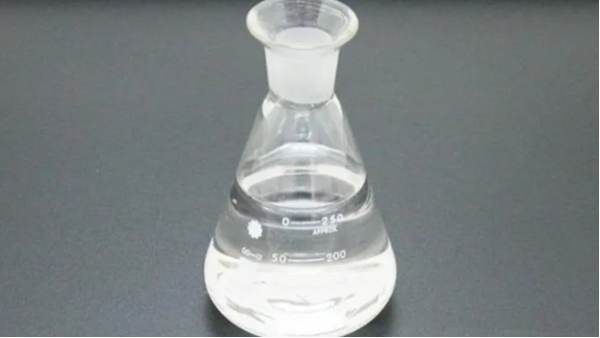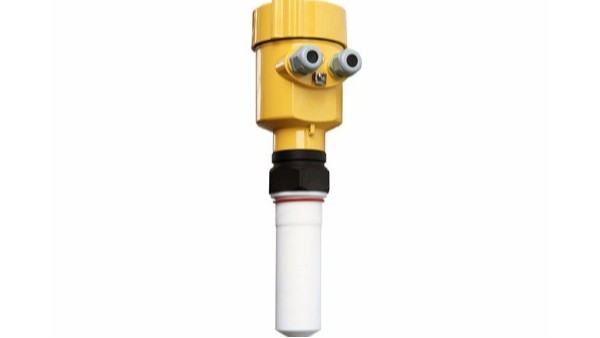In the world of industrial measurement, accuracy and stability are the eternal pursuits. Among many liquid media, white oil has become an important member of petrochemical products due to its unique physical and chemical properties.
White oil, whose name comes from its colorless, transparent, mineral oil-like appearance, is a highly refined petroleum product widely used in cosmetics, food processing, pharmaceuticals, and the plastics industry.
The characteristics of white oil include excellent chemical stability, low volatility, good lubricity and compatibility, which make it popular in various industries.

However, the measurement of white oil is a challenge, especially ensuring the stability of the measurement equipment while maintaining high accuracy. At this time, radar level gauges have become the first choice for liquid level monitoring in white oil storage tanks due to their non-contact measurement advantages.
Radar level gauges use the reflection principle of microwave signals to accurately measure liquid level without being affected by changes in the medium. Its outstanding feature is that it is almost unaffected by temperature, pressure, viscosity and density, which is undoubtedly a huge advantage for changeable industrial environments.

Let us learn more about the application of radar level gauges in white oil measurement through two practical cases.
The first case is a large factory in the cosmetics industry that uses white oil as the base oil for cosmetics. Here, a radar level gauge is installed on a white oil storage tank with a capacity of several hundred cubic meters. Since cosmetics production requires extremely high purity of raw materials, any contact measurement method that may introduce contamination is not allowed.
The radar level gauge perfectly solves this problem with its non-contact measurement method, ensuring the purity of the white oil and the continuity of the production process.
The second case comes from the plastics industry. In this case, white oil is used as an additive to plastic products to improve their flexibility and gloss. A storage tank in a plastic factory contains several tons of white oil, and it is necessary to accurately control the amount of white oil added to the production line each time.
The traditional float level gauge has been abandoned due to frequent maintenance and low accuracy. The introduction of radar level gauge not only improves the accuracy of measurement, but also greatly reduces maintenance costs because it is almost unaffected by the adhesion of viscous substances.

In summary, the application of radar level gauges in white oil measurement not only reflects the advancement of its technology, but also demonstrates its applicability and reliability in specific industrial situations.
It is like a precise ruler, providing precise measurement standards for the storage and use of white oil, a special medium, and ensuring the efficiency and safety of industrial production.
